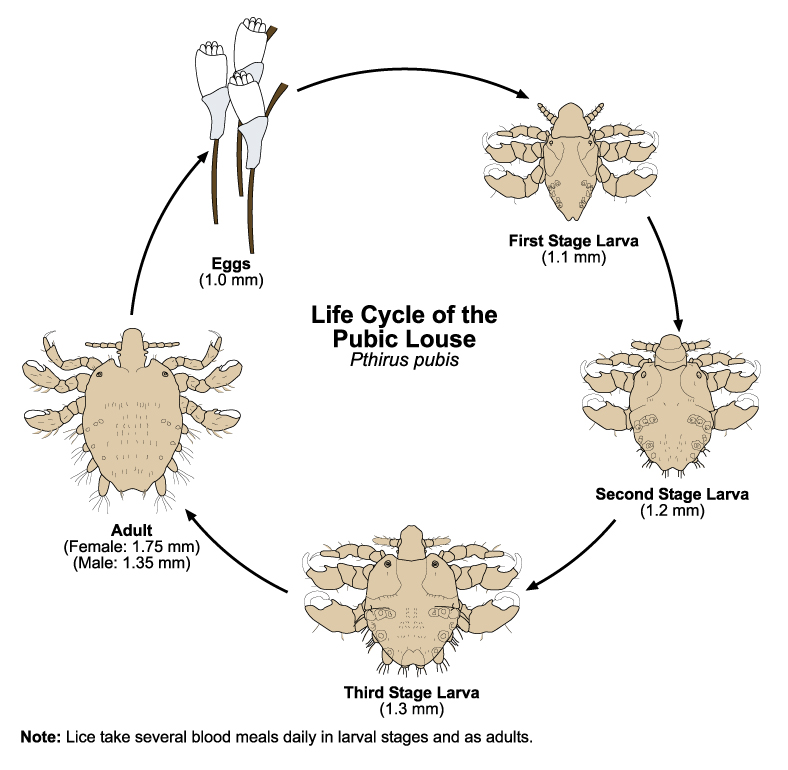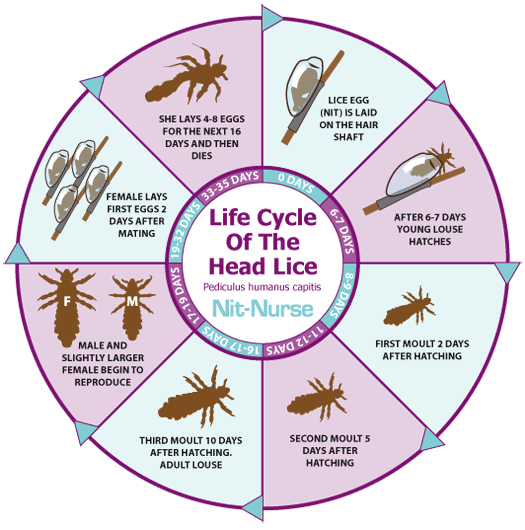The Life of a Louse

The louse belongs to a clade of wingless parasitic insects known as Phthiraptera. There are almost five thousand species of these flies, which have been classified as an order, an infraorder, and a parvorder. The clade includes many different subspecies. In the United States alone, the genus is responsible for the eradication of tens of thousands of insect pests.
A louse is a small insect that lives on the surface of the skin. It is a bit similar to a mosquito, which means that it can infect the human host. The only difference is that a louse’s color varies from pale beige to dark gray. Its color is more intense when it feeds on blood. You will notice that the lice are dark when they are feeding. It is therefore important to treat these creatures as soon as possible.
While the color of a louse varies from pale beige to a dark gray, they will eventually fall off. In addition to their size, body lice can transmit a variety of bacterial infections, such as typhus. Because of their tendency to live in dirty areas, body lice are common in these environments. If you have an infestation, contact your doctor immediately. If you have a pet or children, make sure they are kept in a separate room.
The louse life cycle includes three stages: the egg stage, the nymph stage, and the adult stage. Each stage requires about six to fourteen days for the nymph to grow to maturity. The entire cycle takes about five weeks for the adult to fully develop. The life cycle of the louse is closely related to its host’s habits. For example, the elephant seal louse must complete its life cycle every three to five weeks, twice a year.
Lice have three stages: the head louse, which develops in a humid environment, and the body louse. Head and body lice are the most common species in the United States. These two species are a common source of delusional parasitosis and can often be traced back to their origins in human history. Site mmh.org.mx
describes that the first stage of the life cycle was recorded in the Middle Ages, and the body louse was widespread in society.

The life cycle of a louse begins with the hatching of an egg from a nit. A nymph is an immature louse. Looks like an adult head louse. The nymph feeds on blood and remains in this stage for nine to twelve days. Its body color is yellow, brown or grey. They are attached to hairs on the scalp and are easily visible to the naked eye.
The life cycle of lice begins with the egg. The human louse egg is the first stage of its life. The nymph looks like an adult head louse and feeds on human and animal blood. It takes approximately nine to twelve days to become an adult. The nymph is very similar to the adult head louse
but has a different life cycle than the adult head louse.
Adult head lice are not dangerous. A parasitic insect that feeds on human blood. They also lay their eggs in the hair of human victims. The eggs hatch in seven to eleven days, and the young lice feed for six to nine days. Lice molt three times before they reach sexual maturity. The eggs remain on the clothing and bedding of people who have been exposed to the parasite.
The life cycle of lice is quite complex. The adult louse has two subspecies: the body louse and the head louse. The human louse is the most common type of human louse. In most cases, the body louse is the dominant species. As a rule, it lives in the body for three to five weeks and feeds on people and their pets.
An adult louse lays three to five eggs a day. If a female is infected, she may leave her owner briefly and may be passed on to another animal. However, the larva will continue to grow in the hair and may become infested with other insects. The louse may also transfer its eggs to another host. It is important to note that an adult female louse lays three to five eggs per day, depending on the stage of infestation.